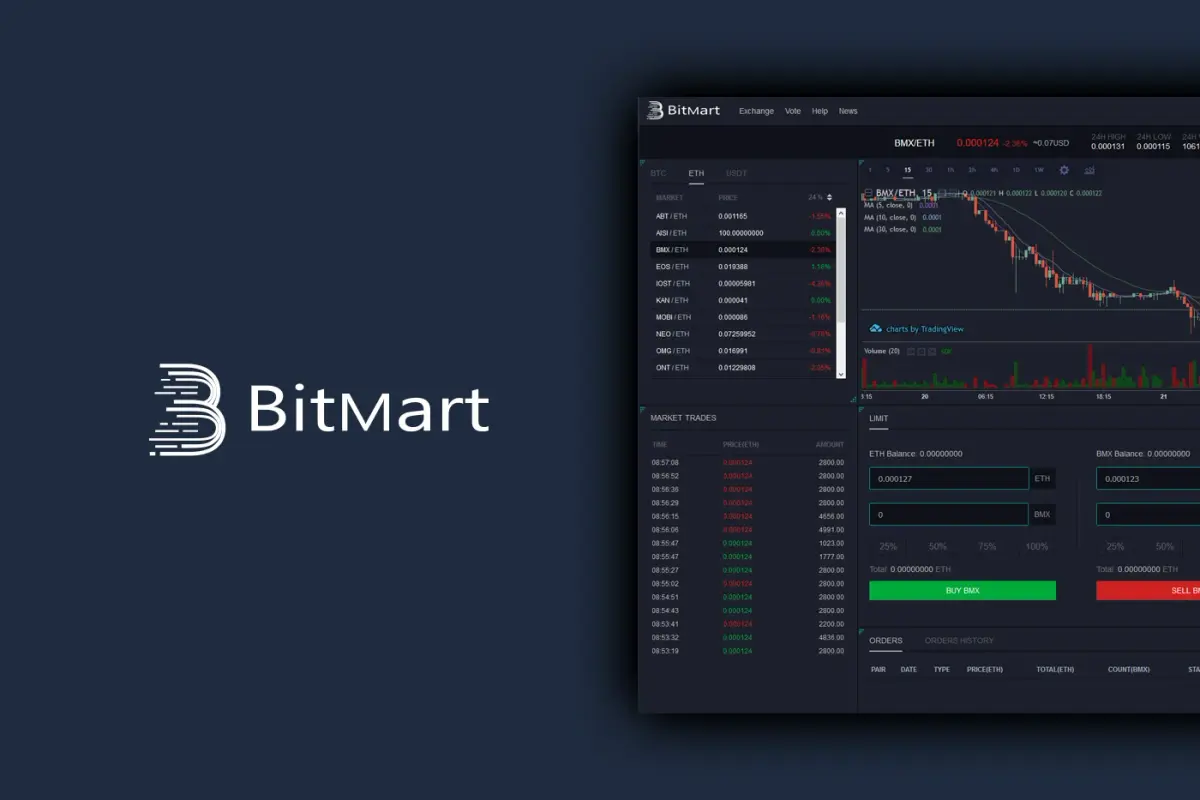BitMart Login — Secure, Fast & Practical Access Guide
Step-by-step guidance, 2FA best practices, troubleshooting and safety tips to keep your account secure every time you sign in.

Quick login overview
BitMart uses a standard email/phone + password authentication flow and strongly encourages two-factor authentication (2FA). Depending on your account status and regulatory requirements you may see additional identity verification prompts during sign-in. After authentication you'll land on the dashboard where balances, recent orders and markets are displayed.
Step-by-step: signing in safely
- Open the official app or site. Type the address yourself or launch the verified app from your store. Avoid clicking links from unsolicited messages.
- Enter your credentials. Use your registered email or phone and the secure password saved in your password manager.
- Complete 2FA. Use a TOTP authenticator app (Google Authenticator, Authy, etc.). SMS is weaker — use only if no alternative exists.
- Confirm new devices. If device recognition is active, you'll get a confirmation email for any new sign-in attempt — approve only if it was you.
Two-factor authentication (2FA): your strongest defense
Enable TOTP 2FA immediately. It requires a rotating code in addition to your password. Store backup recovery codes offline (encrypted note, hardware password manager, or printed copy in a secure place). Losing 2FA without backups makes recovery slower and more involved.
Password and device hygiene
- Use a long, unique passphrase (12+ characters). Prefer a password manager to generate and store it.
- Review active sessions regularly and revoke any device you don’t recognize.
- Keep operating systems and browsers up to date and avoid using shared or public computers for sensitive actions.
Recognizing phishing and social engineering
Phishing is the most common attack vector. Look for these red flags:
- Urgent messages telling you to “re-verify” using a link.
- Emails or chats asking for passwords, 2FA codes, or private keys.
- Suspicious URLs with typos or extra characters.
If you get a questionable message, don’t click links. Instead navigate to the official app/site directly or contact support from the platform itself.
Account recovery & troubleshooting
Forgot password: use the official password reset flow and complete it on a trusted device.
Lost 2FA: use backup codes; if those are lost, follow the platform’s recovery path and expect identity verification.
Blocked account: multiple failed attempts can lock access temporarily — avoid repeated tries and use the official unlock steps.
Advanced recommendations
- Use hardware wallets for long-term holdings and keep only trading amounts on exchanges.
- If using API keys, store them encrypted, restrict IPs, and set minimal permissions.
- Enable withdrawal whitelists so funds can only be withdrawn to approved addresses.
Privacy & travel
Logging in from different countries or VPNs may trigger security checks. If you travel frequently, keep recovery options updated, and consider notifying the platform if you expect to access your account from unusual locations.
Final checklist before logging in
- Confirm you're on the official site or using the verified app.
- Have your 2FA device or backup codes at hand.
- Use a password manager and avoid public Wi-Fi for sensitive actions.
Frequently asked questions (FAQ)
Q: Can I use SMS for 2FA?
A: SMS is better than nothing but vulnerable to SIM swap attacks. Prefer TOTP apps or hardware keys.
Q: What if I travel internationally?
A: Notify support ahead if possible, keep backup codes offline, avoid unfamiliar networks, and use a personal hotspot.
Q: Should I store large amounts on exchanges?
A: Keep only what you need for trading on exchanges. Use hardware wallets for long-term storage of significant holdings.